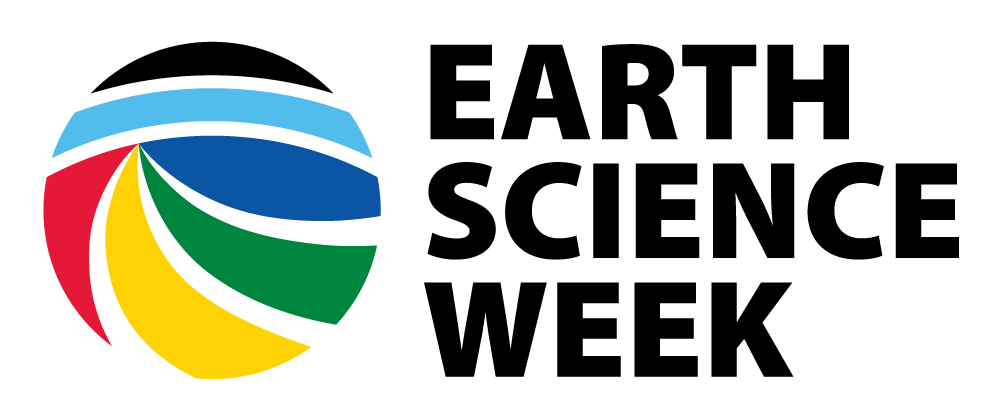Investigating Different Rock Types Activity Source: Adapted with permission by the Association of American State Geologists
from AGI’s Investigating Earth Systems, Rocks and Landforms, pp. 1-3.
Background In this investigation, you will explore the characteristics of various types of rocks. Why are rocks important to citizen scientists? There are a number of reasons:
We live on the topmost layer of the Earth, the crust, which is made of solid rock. We also make structures out of this rock, as well as mine it for useful minerals.
[Read More]
Investigating Rock Types
Investigating Rock Types Activity Source: AAPG. Adapted with permission from “Investigating Earth Systems,” AGI.
In any science, it is important to accurately and understandably describe your observations for others. Whether for advancing research or informing the public, communicating your work is critical.
For geologists, this comes down to describing rocks’ colors, patterns, shapes and other features. These features may reveal evidence about the past, clues to their suitability for a construction project, or signs of valuable natural resources hidden within them.
[Read More]
Investigating Soil
Investigating Soil Activity Source: “Soils Sustain Life,” American Geosciences Institute, 2005. Adapted with permission.
Materials Piece of heavy duty PVC pipe about one inch in diameter and 10 inches long Piece of wood doweling that will fit inside the PVC pipe Hammer Wood block Leather garden glove Hand lens Non-toxic marker Large sheet of white posterboard Six clear plastic sandwich bags Plastic knife Tools for separating soil, such as tweezers, tongue depressor, drinking straw Paper towels (for clean up) Procedure Chose a spot to investigate the soil on publicly owned land.
[Read More]
Logs of Straw - Dendrocronology
Logs of Straw - Dendrocronology Activity Source: “Logs of Straw: Dendrochronology,” U.S. Geological Survey, 2002. Adapted with permission.
Background Dendrochronologists use tree rings to go back in time to learn more about past climate. Using straws to recreate tree rings, you can learn how dendrochronologists work. Construct a 50-year climatic history on a three- meter time line.
USGS
Materials One set of straws with tree-ring markings: USGS
One three-meter strip of adding machine tape for each group Colored pencils for each group Colored markers for each group A notebook for recording results (optional) Reference materials such as almanacs that provide students with dates of social and scientific events over the past four decades Procedure In groups of four, examine the set of straws that your teacher has prepared for you (by copying the Core Sample template onto the straws).
[Read More]
Magnets at the Core
Magnets at the Core Activity Source: Consortium for Ocean Leadership. Adapted with permission.
Over time, Earth’s magnetic poles change strength and location. They also completely reverse directions episodically. The north magnetic pole is currently moving northwest at 40 kilometers per year. It moved from 81.3° N, 110.8° W in 2001 to 82.7° N, 114.4° W in 2005. (Learn more at www.ngdc.noaa.gov/geomag/faqgeom.shtml.)
The strength and direction of Earth’s magnetic field at any time in geologic history is recorded by sediments and oceanic crust deposited or formed at that time.
[Read More]
Making a Cave
Making a Cave Activity Source: National Park Service. Developed by Kristen Lucke for the Views of the National Parks. Adapted with permission.
Background We usually think of caves forming as rocks are dissolved and the particles are washed away, leaving hollow spaces behind. This activity simulates the way that dissolution, a chemical weathering process, leads to the formation of caves.
When precipitation such as rainwater or snowmelt mixes with carbon dioxide from the air and from decaying plants in the soil, the result is carbonic acid.
[Read More]
Making Your Own National Park Geologic Tour
Making Your Own National Park Geologic Tour Activity Source: National Park Service, 2006. Adapted with permission.
Background In this investigation, you’ll have the opportunity to learn about the many geological features in our country’s national parks. You might not realize this, but a large number of the national parks were created because of their amazing geology. Just think of the geological features of Yellowstone National Park, the Grand Canyon, Hawaii Volcanoes National Park, and many more!
[Read More]
Mapping Quake Risk
Mapping Quake Risk Activity Source: Esri. Adapted with permission.
Today, people are “mapping our world” with the aid of Geographic Information Systems (GIS) technology. Mapping can be done in the field or the lab—even from smartphones. You can make maps with real-time data about wildfires, tsunamis, and tornadoes. You can make maps with imagery collected with visible light, infrared, and radar data.
GIS helps people solve everyday problems in Earth science from coastal erosion on the local beach to global climate change.
[Read More]
Mapping Vertical Movements
Mapping Vertical Movements Activity Source: UNAVCO
By installing GPS stations that measure the movement of Earth’s crust, UNAVCO advances geodesy, the study of Earth’s shape, gravitational field, and rotation. Each station has a receiver antenna that communicates with satellites to measure, within millimeters, how Earth is moving. Some movements are horizontal, the sliding of tectonic plates. Some movements are vertical, as when Earth’s mantle either sinks or rebounds in a process called isostatic rebound.
[Read More]
Mineral Electrical Conductivity
Mineral Electrical Conductivity Activity Source: Society for Mining, Metallurgy, and Exploration, Inc. Adapted with permission.
People must mine minerals to provide all kinds of materials that we depend on in our lives. For example, wires and circuit boards used in electronics are made of mined minerals. Copper, which is refined from rocks containing copper sulfide and copper oxide, is the most common mineral used in electronics because it is an excellent electrical conductor.
[Read More]
